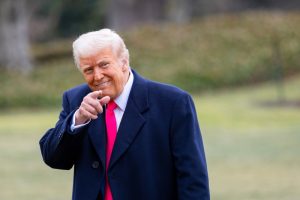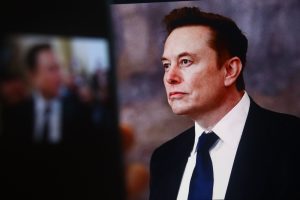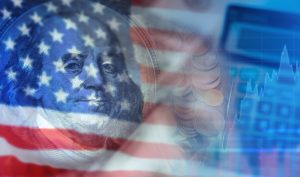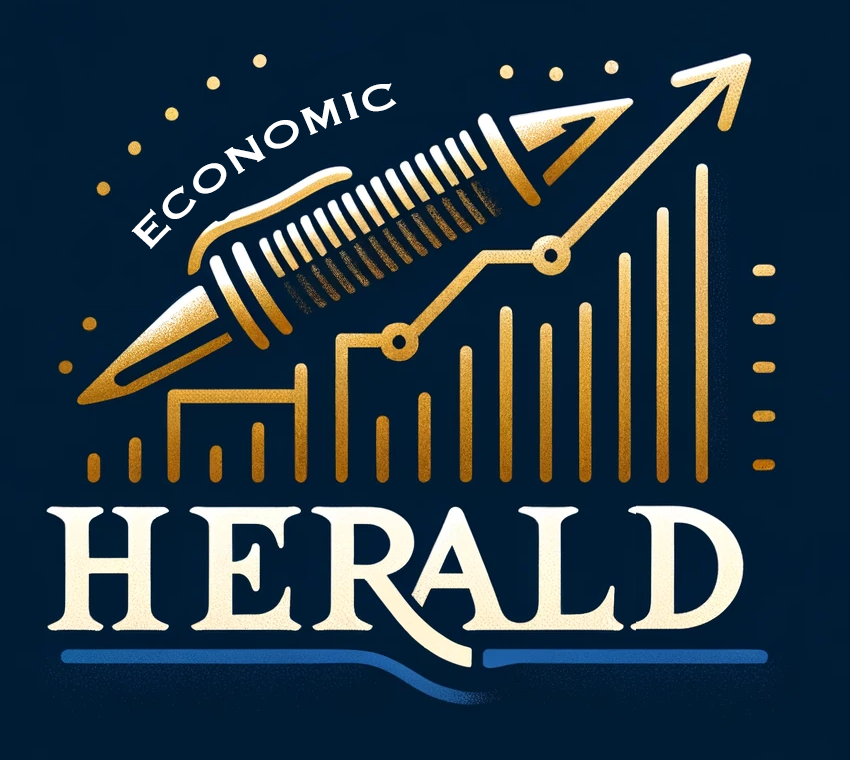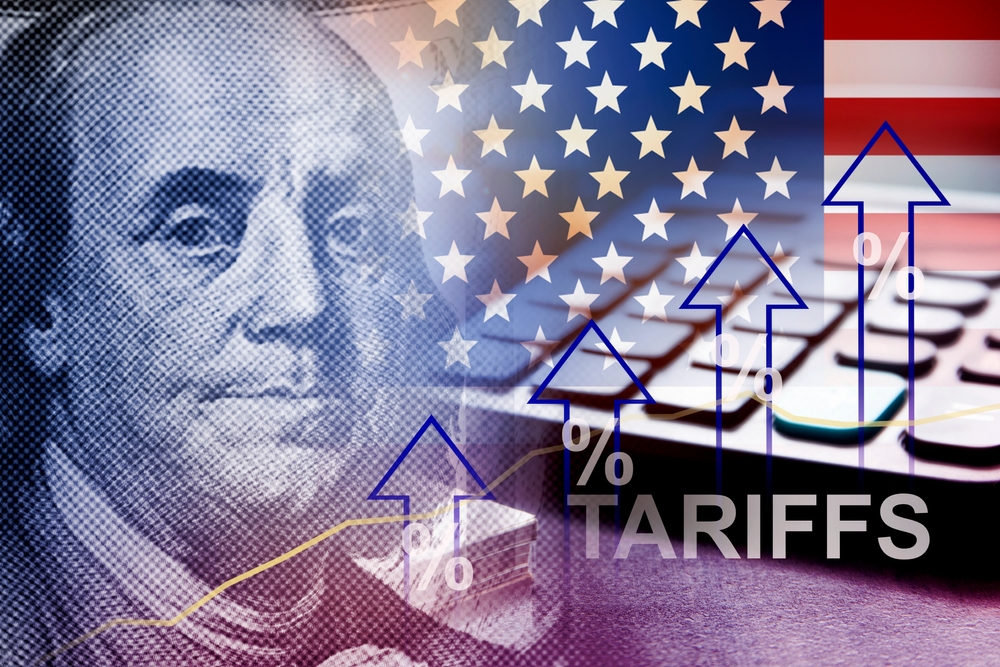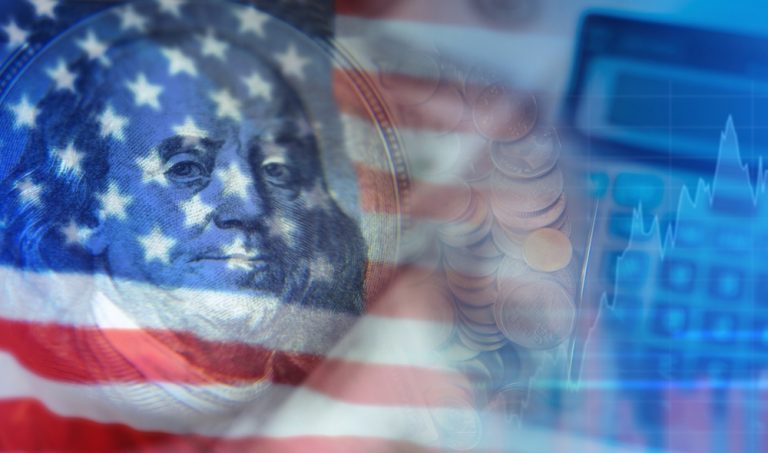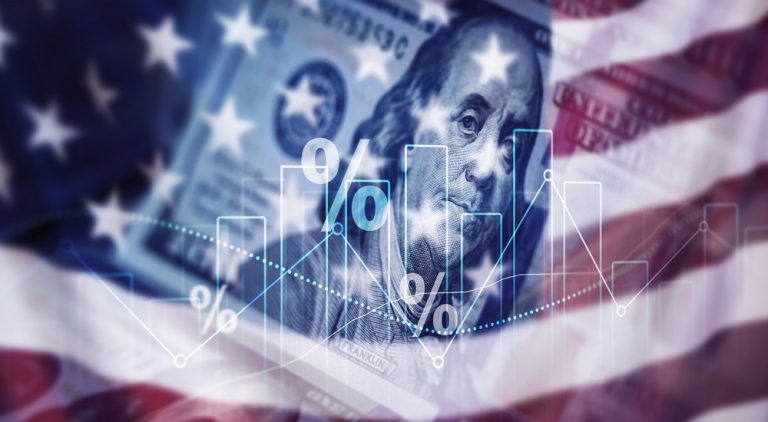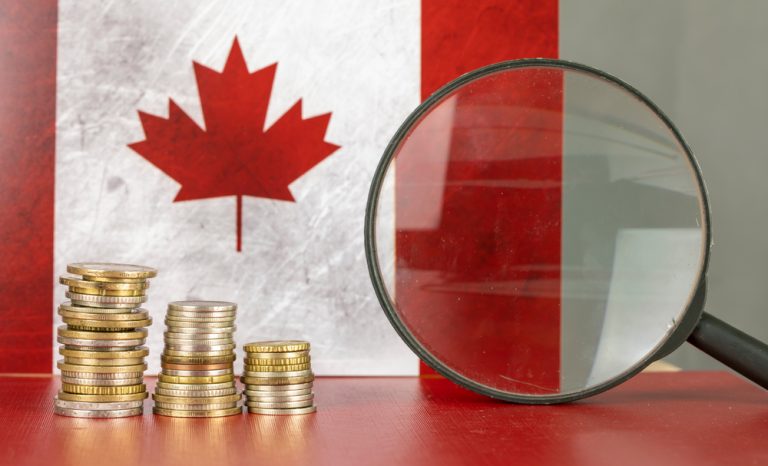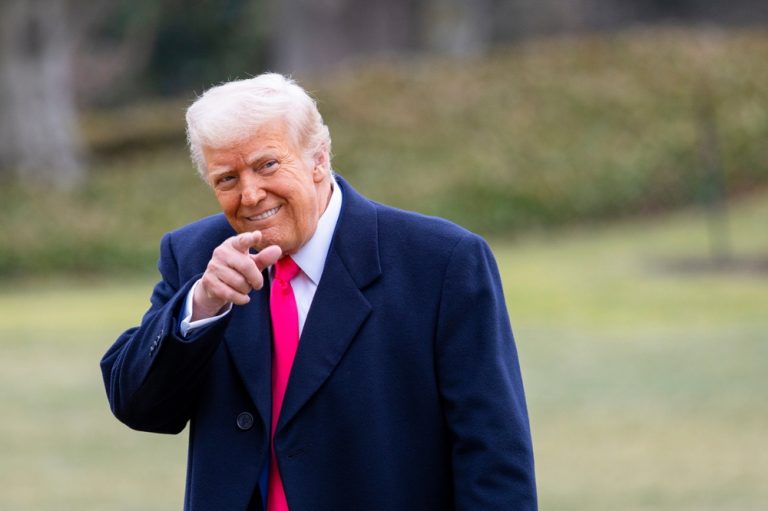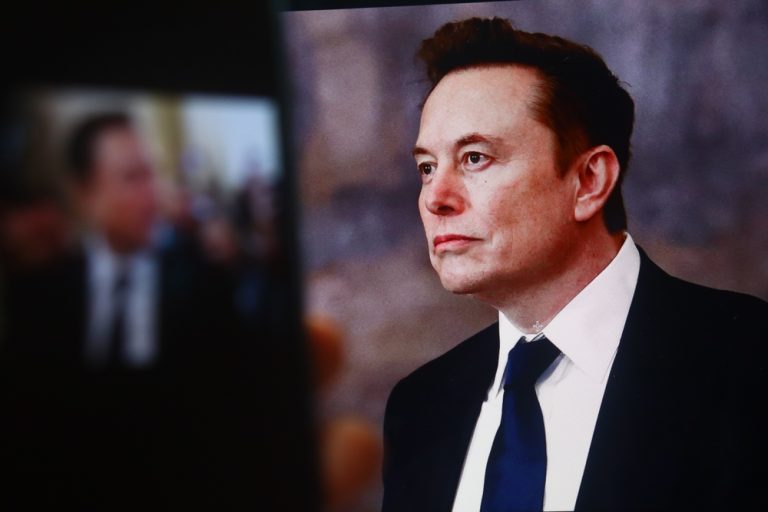The U.S. economy had its worst quarter since 2022, with gross domestic product (GDP) shrinking at an annualized rate of -0.3% in the first quarter, according to the latest data from the Commerce Department. This marked a sharp slowdown from the previous quarter’s 2.4% growth and came in well below economists’ expectations of 0.8%. The disappointing GDP figures reflect a broader impact from President Donald Trump’s ongoing tariff policies, which have raised concerns about the long-term stability of the economy.
Trade Deficits and Tariffs Weigh on Growth
The primary driver of the economic slowdown was a widening trade deficit, as U.S. imports surged by 41.3%, partly due to businesses rushing to stock up before Trump’s tariff increases. Meanwhile, exports grew at a modest 1.8% rate. The trade imbalance was the largest drag on GDP growth in the first quarter, contributing significantly to the negative growth rate. Trump’s top trade adviser, Peter Navarro, called the GDP report “the best negative print I have ever seen,” pointing to domestic investment surges that largely came from businesses increasing inventories ahead of tariffs.
Consumer Spending Shows Weakness, But Investment Rises
While consumer spending, which drives 70% of the U.S. economy, slowed to a 1.8% growth rate in the first quarter—down sharply from 4% in the fourth quarter—there was a notable uptick in business investment. Gross private domestic investment surged by 21.9%, the highest rate since late 2021, largely driven by businesses stocking up in anticipation of higher prices due to tariffs. However, as economists warn, the uncertainty caused by trade tensions is starting to have a deeper impact on business and consumer confidence.
Inflation and Policy Concerns
Inflation also took a sharp upswing during the first quarter, with the Personal Consumption Expenditures (PCE) price index rising by 3.6%, up from 2.4% in the fourth quarter. The core PCE index, which excludes food and energy prices, also increased to 3.5%, compared to 2.6% the previous quarter. Despite this inflationary pressure, economists argue that the U.S. is not yet in a full-blown recession, though the economy remains on a “razor-thin edge” as tariff impacts continue to build.
Recession Fears and Uncertainty Loom
Despite the concerning GDP report, a recession has not been officially declared yet. A true recession is typically defined as two consecutive quarters of negative GDP, and while the first quarter’s data is alarming, it doesn’t meet that threshold. However, the economic outlook remains precarious, especially if tariffs continue to disrupt global trade. Employers are already showing signs of caution, as evidenced by a significant slowdown in hiring, with private sector payroll growth dropping to just 62,000 in April, far below expectations.
The full impact of Trump’s tariffs and the broader trade war remains to be seen. As economists and policymakers grapple with these ongoing challenges, the future trajectory of the U.S. economy hangs in the balance, with trade and economic uncertainty continuing to shape consumer and business decisions.
